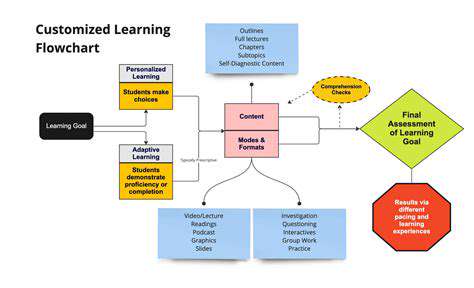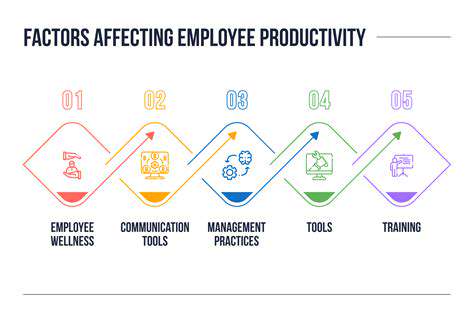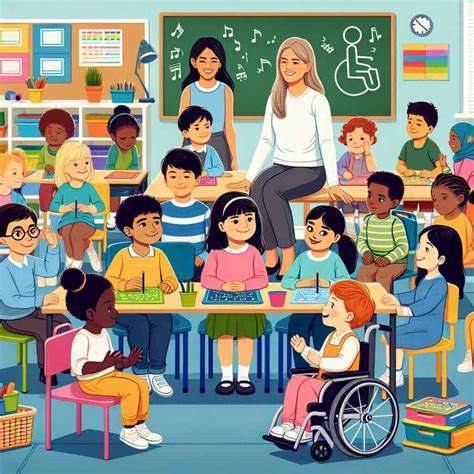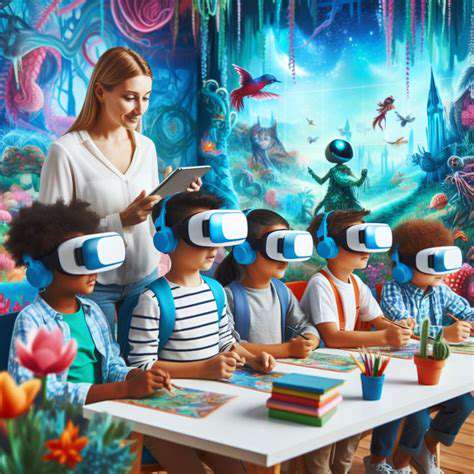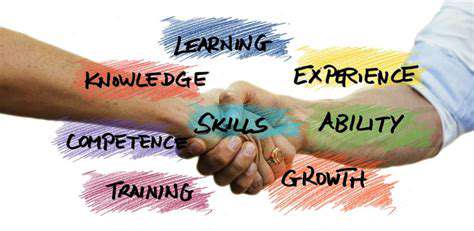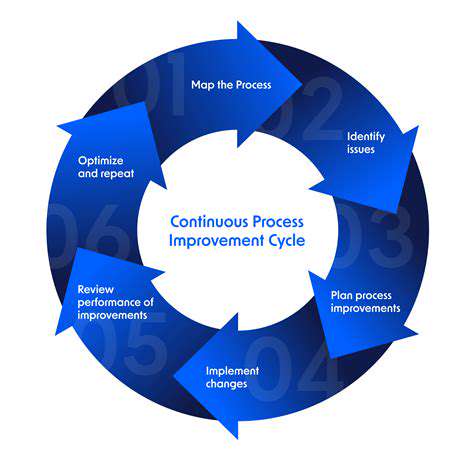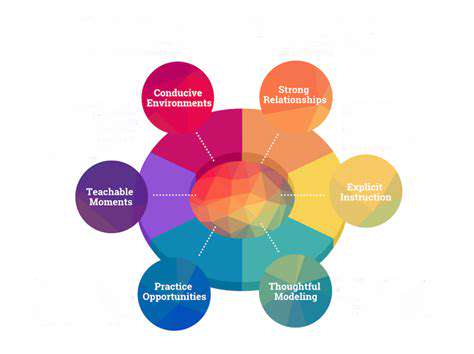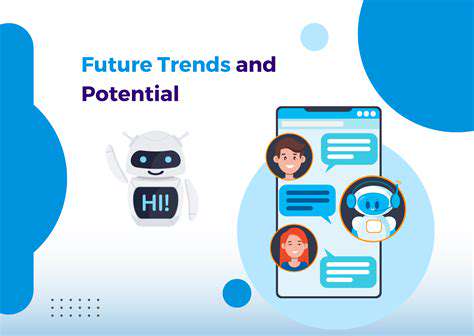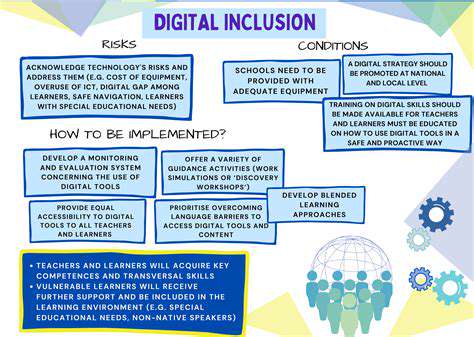The Future of Instructional Design: AI Assisted and Adaptive
The Role of Human Instructional Designers in the AI Era
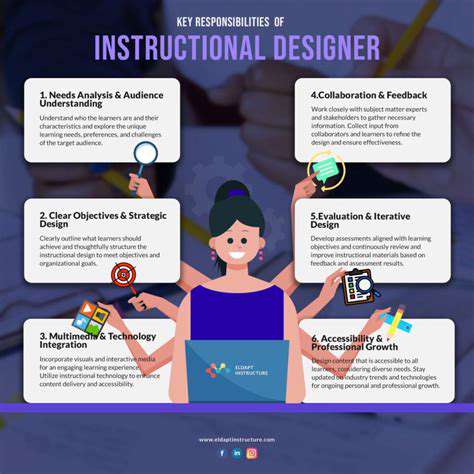
Human-Centered Design in Instructional Design
Effective instructional design hinges on understanding and addressing learner needs. Human-centered design prioritizes the learner experience, ensuring instruction is engaging, accessible, and aligned with their objectives. This approach involves analyzing learners' prior knowledge, preferences, and potential hurdles to create impactful educational experiences.
Recognizing the diversity among learners—including differences in abilities, cultural backgrounds, and access to technology—is essential. By accounting for these variables, designers can craft tailored learning experiences that maximize success.
Learning Theories and Instructional Design
Instructional design draws on various learning theories to inform its practices. Cognitive load theory, constructivism, and social learning theory offer insights into how learners absorb and retain information. Applying these principles ensures that educational materials align with how people naturally learn.
Instructional Strategies and Techniques
Selecting the right instructional strategies is key to effective learning. Methods like active learning exercises, group collaborations, and multimedia presentations can significantly enhance engagement and comprehension. Aligning these strategies with learning goals and learner characteristics is critical for success.
Assessment and Evaluation
Assessments play a vital role in instructional design. Formative assessments provide ongoing feedback, helping learners identify areas for improvement. Summative assessments measure overall achievement, ensuring instructional goals are met. Incorporating these evaluations ensures continuous improvement and adaptation to learner needs.
Technology Integration in Instructional Design
Technology is increasingly integral to instructional design. Tools like learning management systems, interactive simulations, and educational games enhance engagement and personalization. Effective integration requires balancing the benefits and limitations of each tool to meet instructional objectives.
Content Development and Organization
Clear, well-structured content is fundamental to effective instruction. Thoughtful organization, concise language, and strategic use of visuals aid comprehension. Well-developed content ensures learners can easily navigate and absorb the material.
Accessibility and Inclusivity in Instructional Design
Inclusivity is a cornerstone of modern instructional design. Designers must address diverse needs, including those of learners with disabilities, to create equitable learning opportunities. Adapting materials and methods fosters an environment where all learners can thrive.
The Future Landscape of Learning: Personalized and Immersive
Personalized Learning Paths
The future of education lies in personalized learning, moving away from uniform approaches. Adaptive platforms will adjust curricula based on real-time performance, allowing students to learn at their own pace. This method promotes deeper understanding and engagement, leading to better retention and mastery.
Imagine systems that not only identify learning gaps but also predict future needs. Such foresight empowers students to take charge of their education, cultivating a passion for lifelong learning. Personalized environments will be key to preparing students for the dynamic demands of the workforce.
Immersive Learning Environments
Virtual and augmented reality will transform education by offering interactive, hands-on experiences. Students could explore historical sites, conduct virtual science experiments, or practice professional skills in simulated settings. These immersive tools make learning more engaging and memorable.
Artificial Intelligence in Education
AI will streamline administrative tasks and provide personalized support. Intelligent tutors can offer tailored guidance, identify learning gaps, and recommend interventions. This individualized attention enhances outcomes and keeps students engaged.
The Role of Collaboration and Community
While personalization is vital, collaboration remains essential. Online platforms will enable peer-to-peer learning and group projects, fostering teamwork and diverse perspectives. These interactions create a vibrant learning community beyond traditional classrooms.
Read more about The Future of Instructional Design: AI Assisted and Adaptive
Hot Recommendations
- The Gamified Parent Teacher Conference: Engaging Stakeholders
- Gamification in Education: Making Learning Irresistibly Fun
- The Future of School Libraries: AI for Personalized Recommendations
- EdTech and the Future of Creative Industries
- Empowering Student Choice: The Core of Personalized Learning
- Building Community in a Hybrid Learning Setting
- VR for Special Education: Tailored Immersive Experiences
- Measuring the True Value of EdTech: Beyond Adoption Rates
- Addressing Digital Divide in AI Educational Access
- Preparing the Workforce for AI Integration in Their Careers
